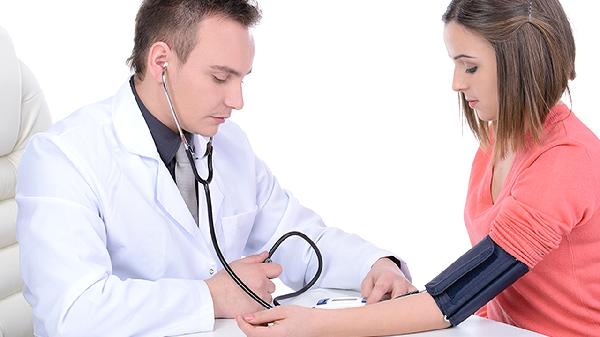Women experience significant changes in estrogen and hormones throughout their lives, which greatly affect skin wrinkles, skin tone, as well as bones, and cardiovascular health.
How do estrogen and hormones impact the female system?
1. Skin and Body Shape
When progesterone and estrogen are imbalanced, metabolism is disrupted, making it harder for the skin to retain moisture, leading to dryness and atrophy. Over time, this results in wrinkles and melasma. Impaired vitamin synthesis can cause melanin deposition, skin spots, dullness, hair loss, or premature graying. Additionally, low levels of estrogen and progesterone can lead to sagging breasts, disrupt fat metabolism, and—combined with a lack of exercise—result in fat accumulation in the abdomen, affecting a woman's body shape.
2. Nervous and Reproductive Systems
Declining estrogen and progesterone levels can destabilize the autonomic nervous system and reduce the functionality of the cerebral cortex, hindering the proper secretion of melatonin. This can lead to fatigue, heightened excitability, insomnia, nightmares, pain, and even neurasthenia, making individuals more irritable. Additionally, it can disrupt menstrual cycles, causing abnormal menstrual flow or even amenorrhea. It may also lead to vulvar itching, vaginitis, breast hyperplasia, or breast cancer. Moreover, progesterone helps treat conditions like chocolate cysts and endometriosis. When hormone levels drop, it increases the risk of uterine fibroids, endometriosis, and raises the likelihood of premature birth or miscarriage.
3. Urinary System
Reduced estrogen and progesterone levels can cause atrophy of the urethral mucosa, weaken the urethral epithelium and urethral opening, and relax pelvic floor muscles, leading to frequent urination, urgency, and incontinence. It may also result in urethral prolapse, uterine prolapse, and cystitis, which often don’t respond to anti-inflammatory medications. Older women, in particular, may experience atrophy of reproductive organs due to estrogen deficiency, thinning of the vaginal walls, and shortening of the vagina, making them more prone to infections.
4. Cardiovascular System
Estrogen protects the cardiovascular system by dilating blood vessels, lowering blood pressure, and preventing thrombosis. Additionally, estrogen is involved in fat metabolism, helping to reduce cholesterol levels in the blood. When the body lacks estrogen, lipid metabolism is affected, leading to fat deposition in the blood vessels, thickening of the vessel walls, narrowing of the lumen, formation of coronary arteries, and increased blood pressure.
Tips for Women:
Women should regularly consume soybeans or soybean products, as they contain isoflavones that function similarly to estrogen, helping to compensate for estrogen deficiencies.























